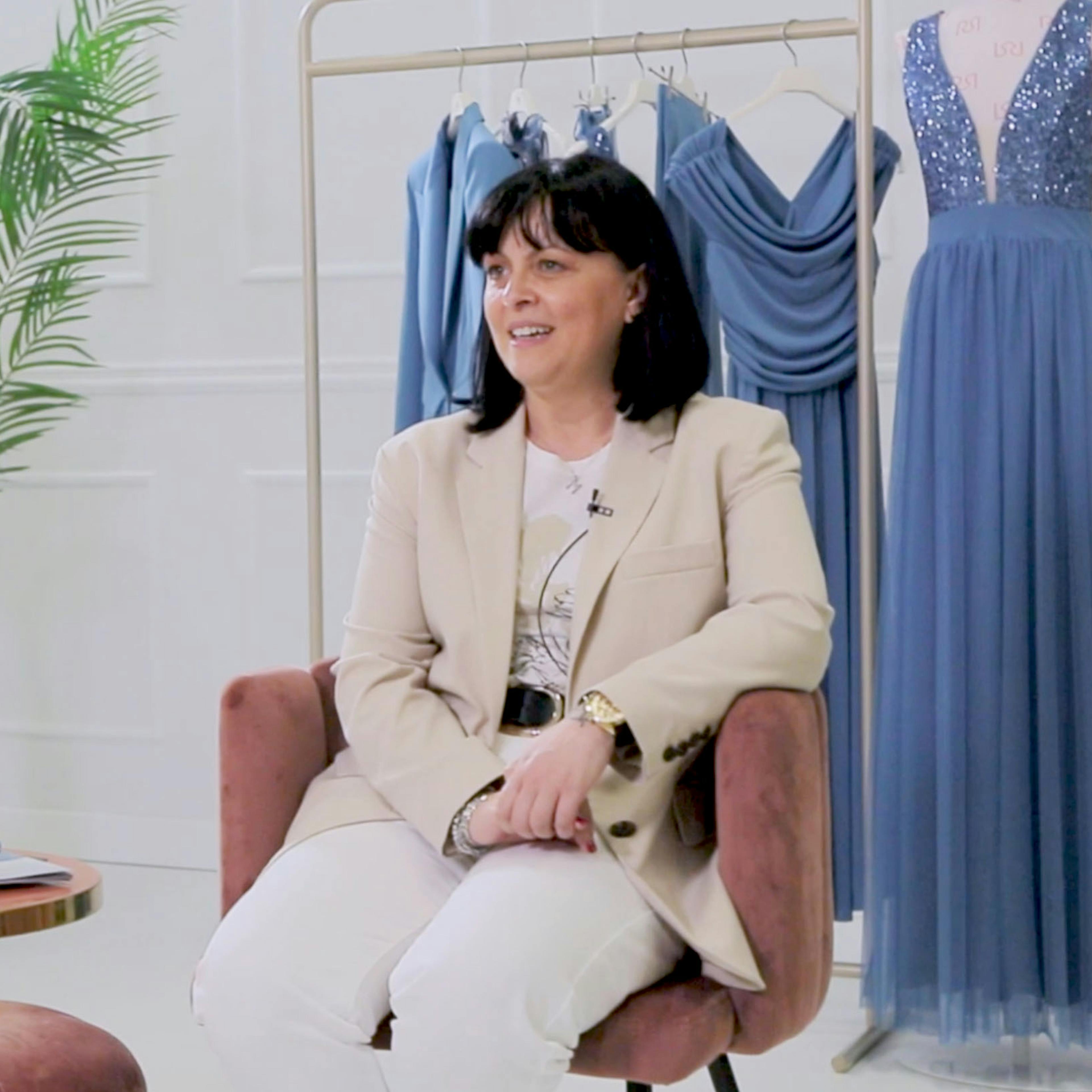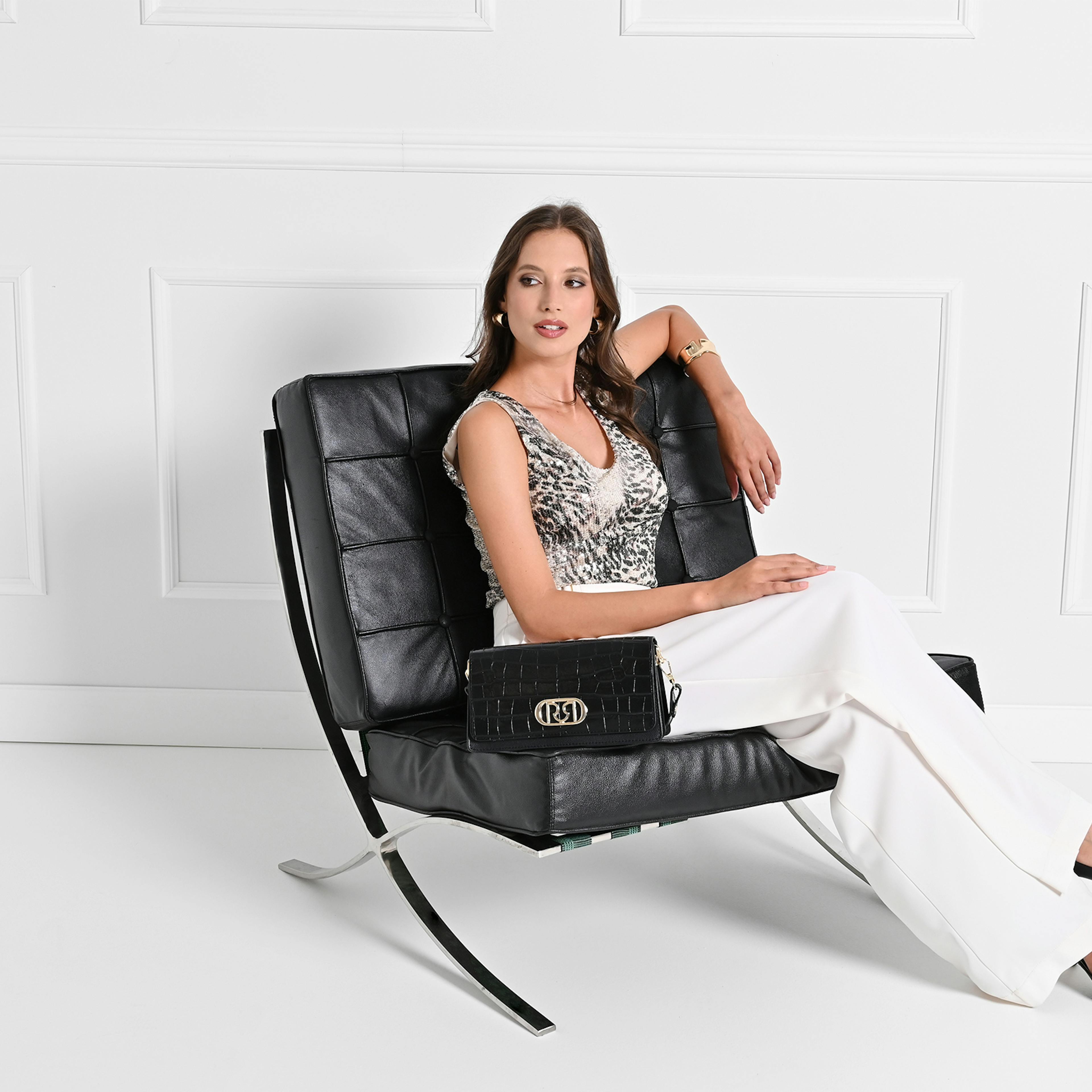Are you dressed to kill?
Discover colour analysis with Nicaragua
Reading time: min
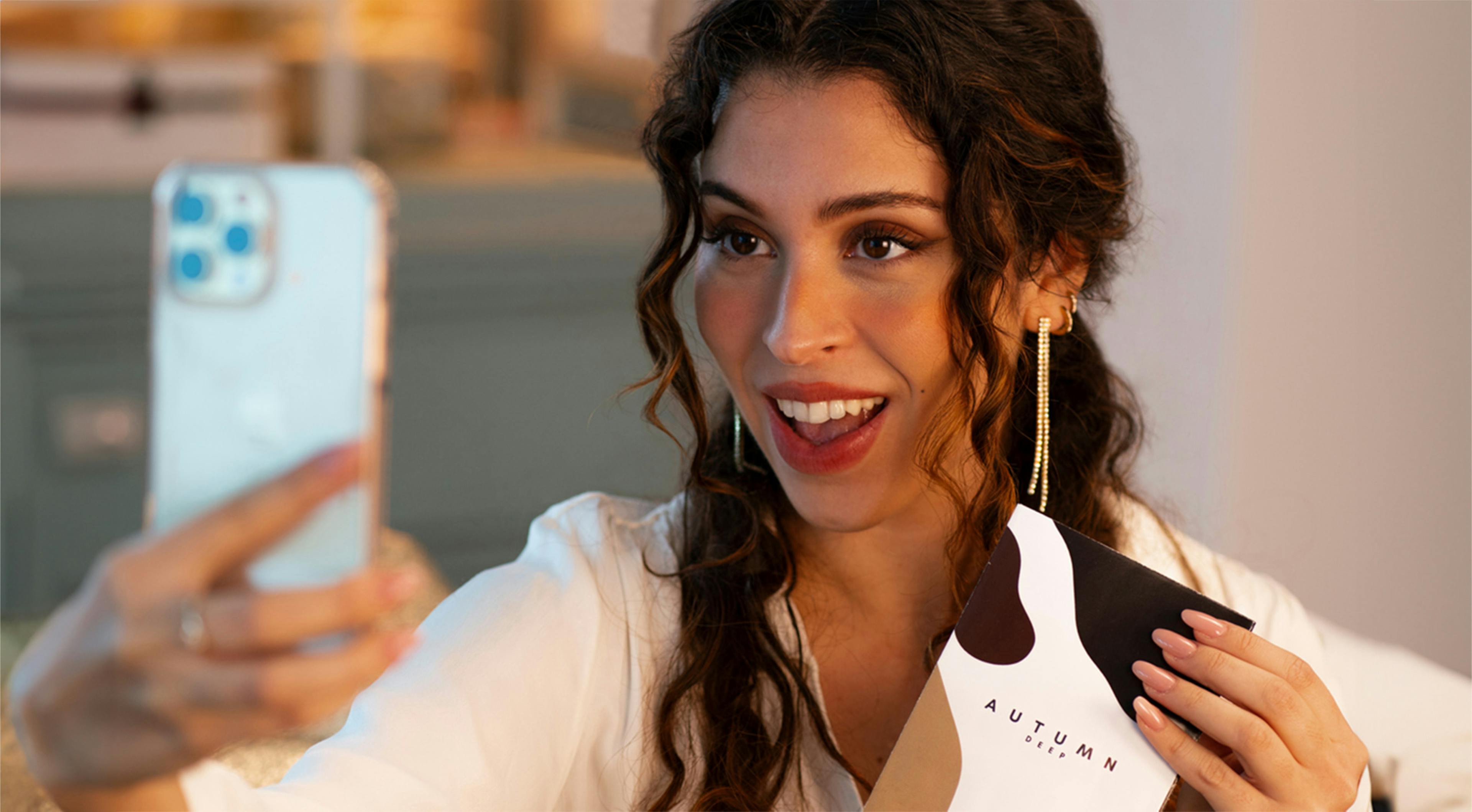
Colour analysis terminology has made its way into fashion vocabulary. Being dressed to kill is a way of thinking about how good an outfit, a colour, a combination looks. But are these suggestions or rules set in stone? In other words, is colour analysis a one-size-fits-all approach? We asked this and many more questions to Nicaragua's image consultant and colour analyst, Nicole Giacobazzi, who has helped many of our clients discover their colour palette to look their best their special occasions.
A colour analysis starts off by taking into account the woman's natural colours (her shades, tones, undertones) and then enhancing her look by choosing colours that are in harmony with these. ‘It allows us to understand which chromatic nuances bring out the tone of the skin, eyes and hair, creating a harmonious and luminous look,’ explains Nicaragua who, after a career in the world of visual arts, has come up with a way to make the most of her skills in the world of image consulting.
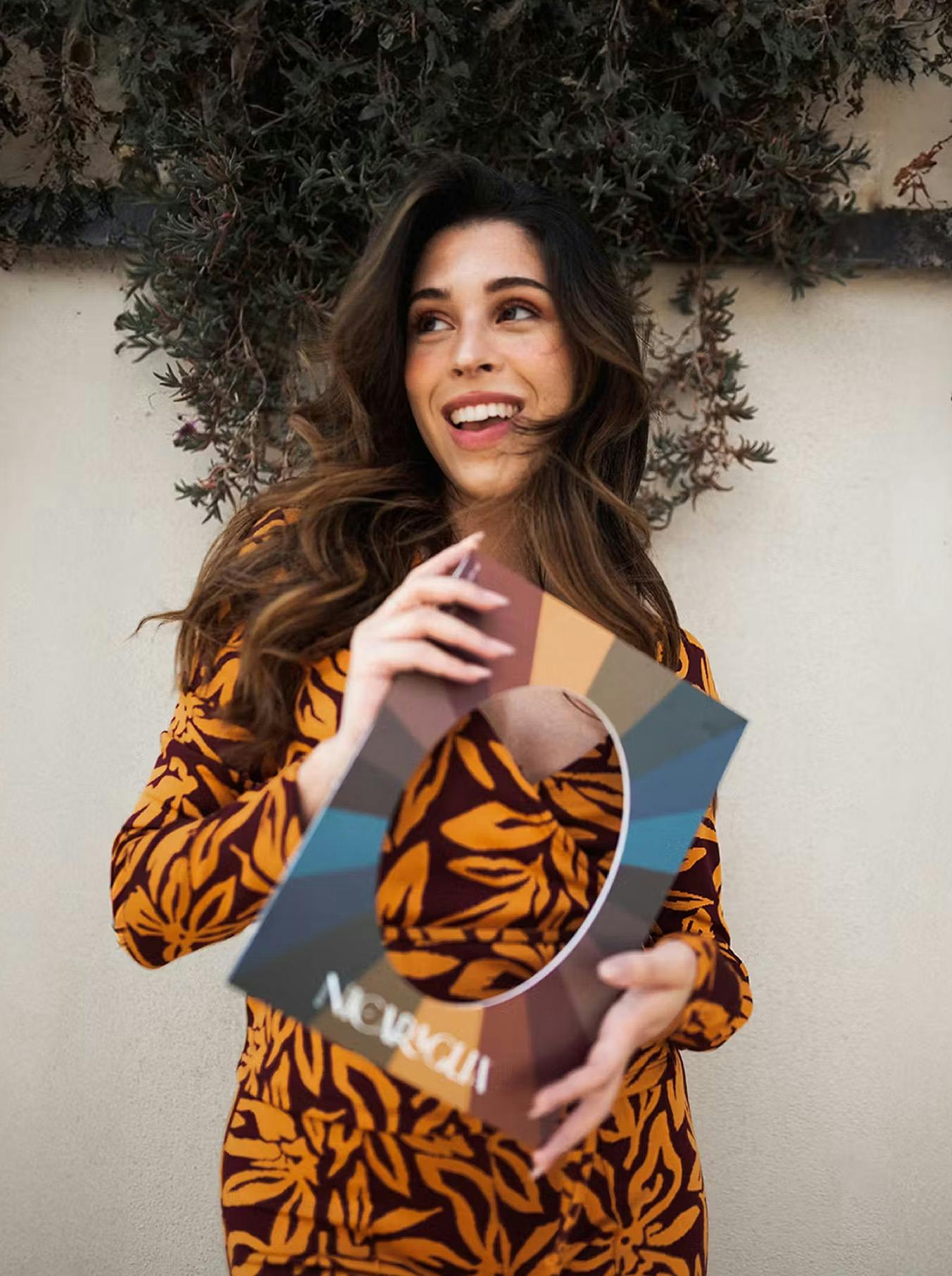
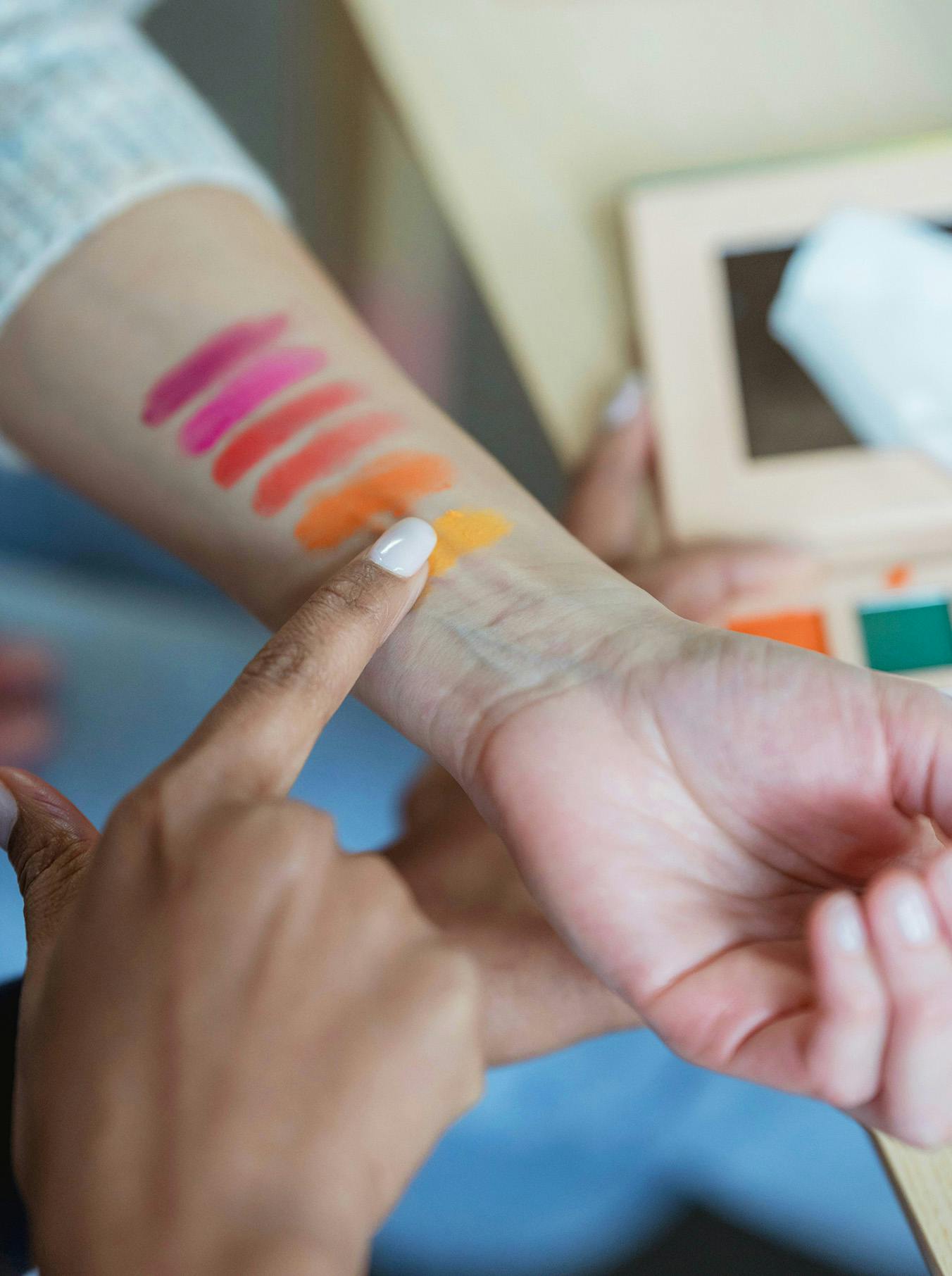
‘I have always believed (and still believe) that we’ve all got our own unique beauty, and colour offers me a powerful tool to express it’.
Why are people so fascinated by colour analysis? It is all the rage nowadays and a must for any fashionista. ‘What fascinates me about colour analysis is its ability to unleash the uniqueness of every person through colour’.
‘Everyone has a blend of shades that doesn't just reflect their natural beauty; it also tells a personal story’.
‘The satisfaction of coming up with the perfect personalised colour palette, which can transform a person’s look and their perception of themselves, is incredibly rewarding. I was taken aback by the way colours can influence our mood and our presence. Knowing the best way to use them means having extraordinary power in forging connections and communicating messages through our image.

To those who think colour analysis has rules set in stone, Nicaragua is self-assured about the value of self-discovery through colour, recommending ‘to fearlessly explore colour analysis with an open mind and to see it as a way of taking care of oneself with no strict rules. It’s an instrument to help people get to know themselves better and to value themselves, although the priority is always about giving them the freedom to express their style. Broadly speaking, I advise women to embrace their own uniqueness without being afraid to explore who they really are. We tend to follow trends or be influenced by external standards, forgetting that authenticity is at the heart of true beauty.
Despite how much colour analysis has taken off, there are still some sceptics about its reliability and see the assessment as being subjective or excessively interpretable. From this standpoint, Nicaragua has no doubts about how valid it is. ‘Colour analysis is based primarily on the principles of colourimetry, a science that mathematically and objectively measures colour. Nevertheless, colour analysis is also an interpretative art, because it goes beyond scientific data and calls for an expert eye that can pick up on subtle nuances and harmonies. There is no instrument that can provide perfect result, so opinions differ: in some cases, a broader consensus is reached, while in others it is more of a debate. I see it more like creating a melody or a work of art, rather than an exact science such as physics or chemistry’.
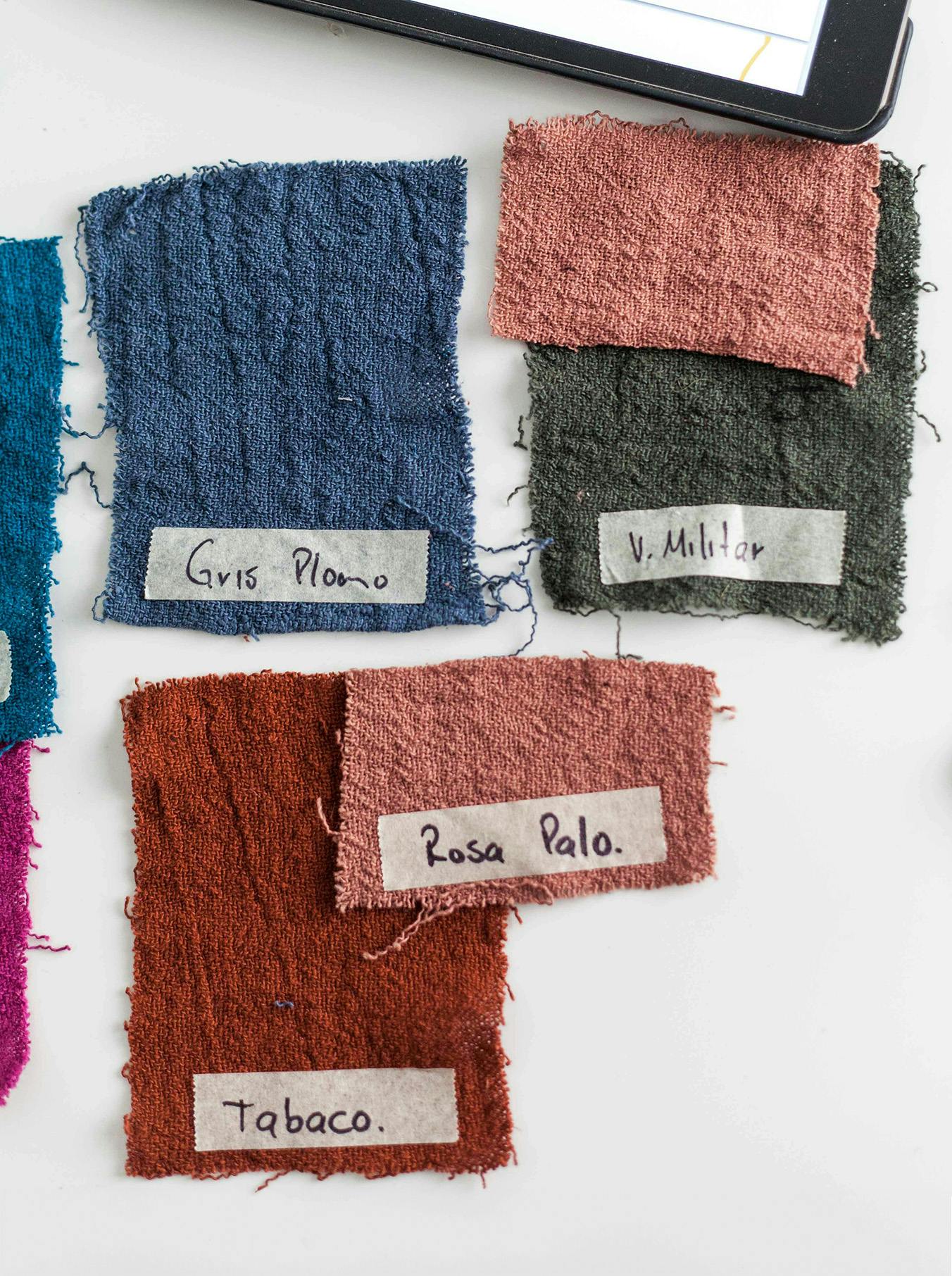
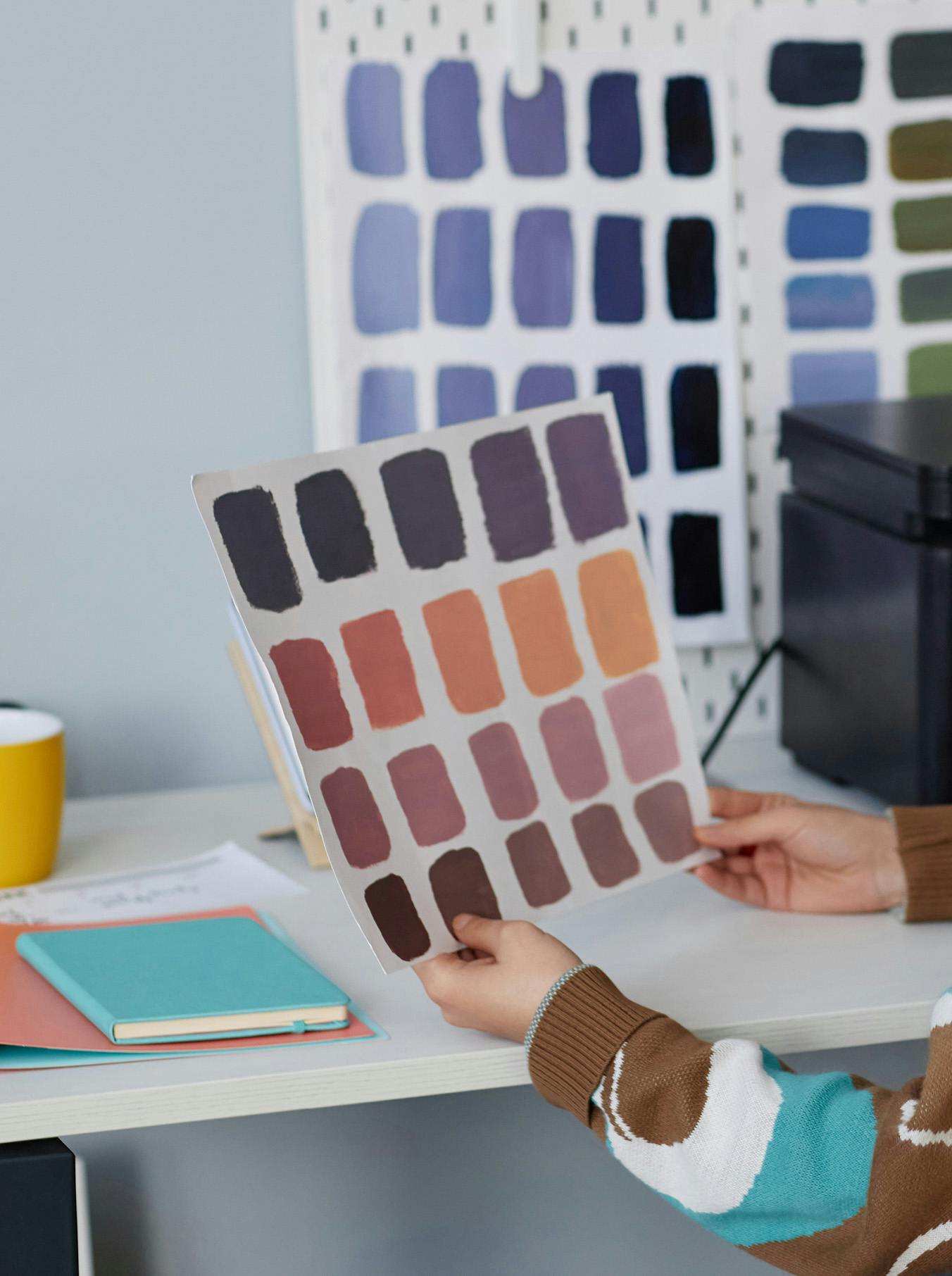
By now, we know you've started to wonder about your own colour analysis season, if you don't already know it. But what are the most and least common in Italy? ‘The least common season is spring; we consultants hardly ever see it. Autumn would be the second least common, although it is easier to spot. However, because of their characteristics, summer and winter are the most common, and most fascinating, seasons’.
Now it's time to answer the most frequently asked questions about colour analysis. Here are Nicaragua's tips for Rinascimento women:
Are there season-defining characteristics that somebody can recognise themselves?
People might recognise some characteristics, but it mostly comes down to their individual sensitivity to colours and how passionate they are. The easiest characteristics to identify are depth and contrast. However, intensity and undertone are more difficult to identify without specific training.
What is the difference between undertone and overtone?
The undertone is the base temperature of the skin, which can be warm, cool or neutral-warm/neutral-cool. On the other hand, the overtone is the superficial appearance, the one we perceive at first glance and that can be influenced by reddening, tanning or other temporary factors.

Is vein colour a real technique to ascertain the undertone?
Veins alone don't give an accurate indication of undertone, as their colour can vary for different reasons, so they aren’t always reliable. To determine the undertone, a more useful way is to observe how the skin reacts to coloured fabrics, which can give an insight into how the skin interacts with different temperatures and colour intensities. What's more, a consultant’s expert eye can very often perceive the undertone without necessarily turning to fabrics, thanks to the experience and sensitivity acquired by recognising the nuances of the skin.
Do I still have the same season even if I dye my hair and wear make-up?
Yes, the season doesn't change as it is determined by natural colours, such as skin tone and eye colour, which don't change with dyed hair or make-up. Although the latter may momentarily alter the overall effect, they don't change your basic palette. It's a bit like putting a case on your mobile; the colour of the device is still the same even if the case temporarily changes it.
Once I've defined my colour palette, does that mean I should only wear those?
No, there’s no need to hold back. The palette suggests the colours that best suit you, but then the choice is yours. It's merely a suggestion to create harmony; your style is up to you.
How is the contrast level defined?
Contrast level is the light-dark difference between the colour of skin, eyes and hair. If the difference is really obvious, such as light skin and dark hair, the contrast is high. If the colours are similar on a light-dark level, it is low. Above all, this helps to choose prints and patterns that best reflect the natural balance.
Does colour analysis also help me choose the right hair colour and cut?
Colour analysis points you towards the colours that best bring out your face, including shades for hair dye. As for the cut, think about the morphology of the face; a facial shape consultation is needed.

How do I know what accessories to use?
Bear in mind a few things when it comes to choosing the right accessories. First of all, the colour should be in harmony with your colour palette and bring out your natural colours for a more coherent effect. Proportions are just as important. If you're wearing a voluminous outfit, choose more subtle accessories. If you're going for a minimalist look, opt for more daring pieces.
Also think about your personal style. Choose accessories that reflect who you really are, whether classic, boho or eccentric. To sum up, always keep the occasion in mind. Some accessories are more suited to formal events than casual outings. If you follow these simple tips, you'll be sure to find the perfect accessories to round off your look.
